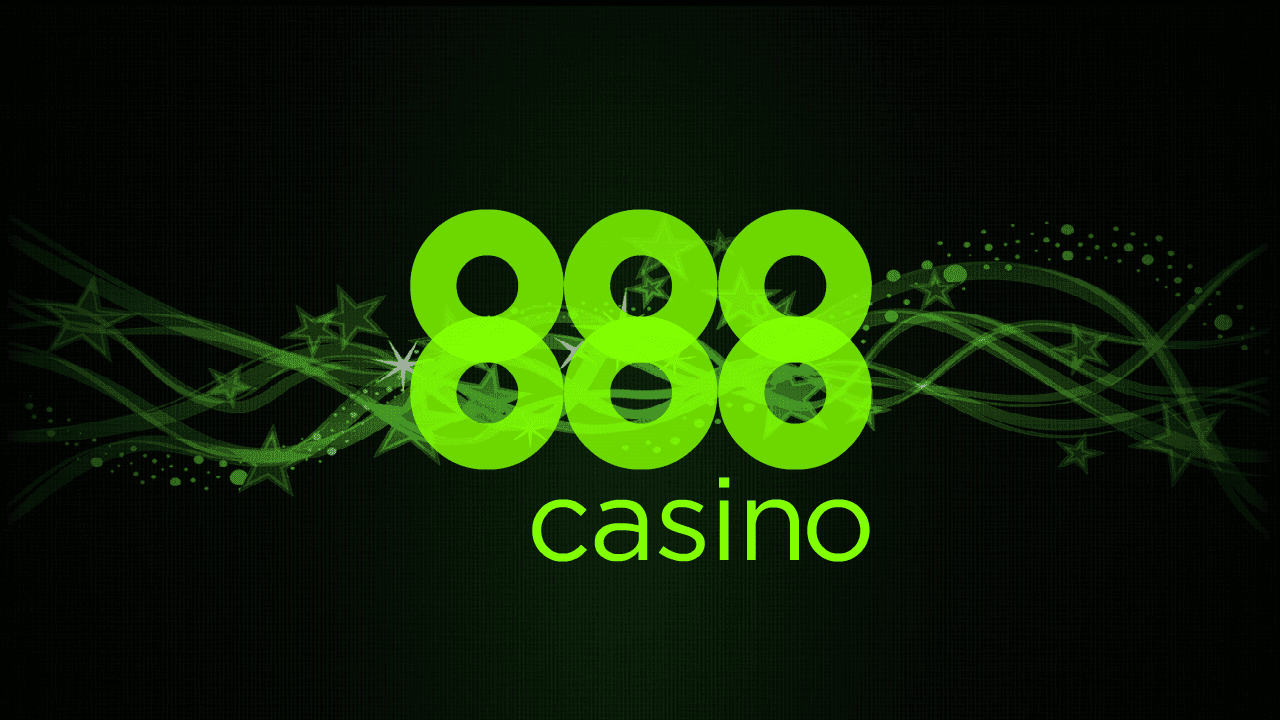
Even  in the World's Best Cycle City there are "dangers" to be had. The Copenhagen City Council had a campaign last year to make Copenhageners aware of the dangers of riding without lights on their bikes, as well as other dangers. The photo is a screengrab from the Brug hovedet (Use Your Head) website. They chose to use a negative campaign portraying death and destruction.
in the World's Best Cycle City there are "dangers" to be had. The Copenhagen City Council had a campaign last year to make Copenhageners aware of the dangers of riding without lights on their bikes, as well as other dangers. The photo is a screengrab from the Brug hovedet (Use Your Head) website. They chose to use a negative campaign portraying death and destruction.
When you have 37% of the population of Copenhagen commuting on bikes each day, you'd expect that a large number forget their lights. I do, usually in the autumn, after the seemingly endless summer days with light until 23:00. By winter I usually have my lights in my bag. But I live in an extremely well-lit urban landscape, so I ain't that worried.
The website [now taken offline] was in Danish, but there were 'interesting' features. Among them a map of the city showing the statistically most dangerous intersections and a game where you have to steer a bike through the city. Although you would end up dying if you lost. Hardly a pillar of positivity. Ooh danger danger. Why not focus it a little more positive? Just think about how many metaphors for light could be used. Illuminate your mind! Cast light on your city! Any first year marketing student with a hangover could do better than this fearmongering campaign that only serves to brand cycling as dangerous.See how they promote bicycle lights in Holland.
Cykelhjelm - cykellygter - sikkerhed




